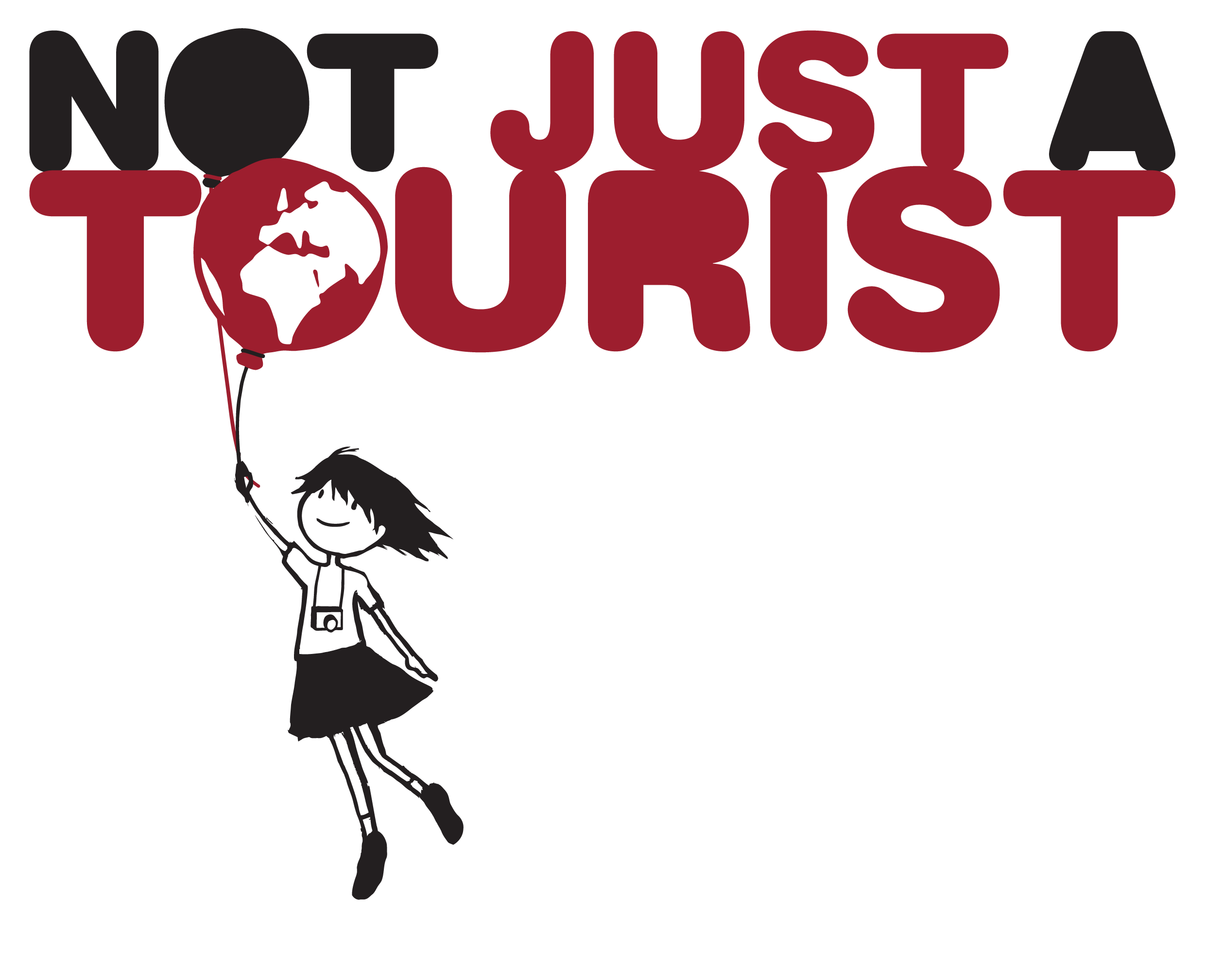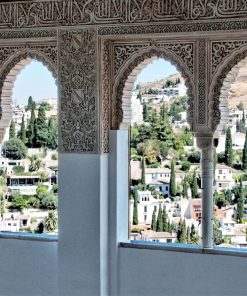What if your next adventure took you across centuries, not just kilometers? Welcome to Morocco! This North African gem is not only known for its vibrant culture, spiced cuisine and Sahara landscapes, but it’s also home to some of the world’s most treasured historical sites.
In this All of Morocco’s UNESCO World Heritage Attractions | Ultimate Guide, we’ll take you on a journey through imperial cities, ancient trade routes, and Roman art, each officially recognised for its global cultural value. Whether you’re planning a once-in-a-lifetime adventure or looking to deepen your appreciation of Moroccan heritage, this guide will help you discover the nine Moroccan marvels protected by the United Nations Educational, Scientific and Cultural Organization (UNESCO).
Also exploring Spain? Don’t miss our All of Andalusia’s UNESCO World Heritage Attractions | Ultimate Guide, a perfect complement to your Morocco itinerary!
1. Medina of Fez (Fez-Meknes Region)
Firstly, let’s begin in the spiritual and cultural heart of Morocco: the Medina of Fez. This ancient city, inscribed as a UNESCO World Heritage Site in 1981, is one of the most authentic and atmospheric medieval medinas in the world. Founded in the 9th century, Fez is home to over 9,000 winding alleys, forming a living labyrinth where tradition, craftsmanship, and history come alive.
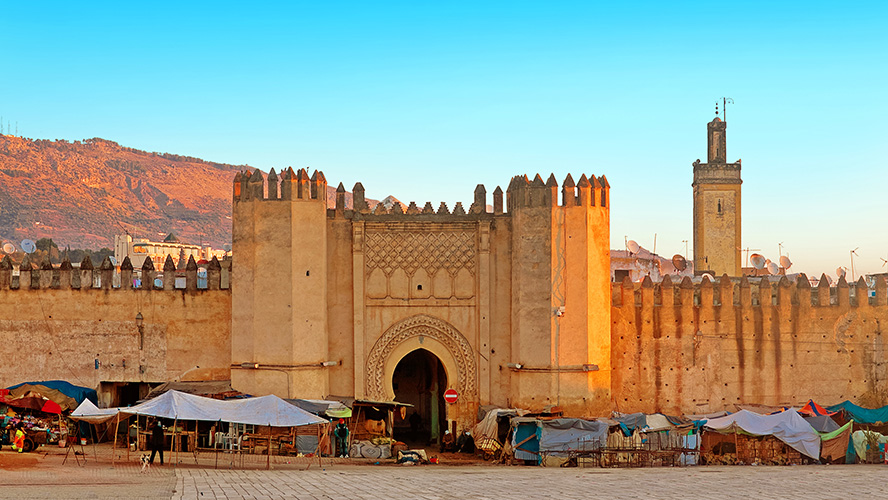
At its heart lies the University of al-Qarawiyyin, established in 859 AD and recognized by UNESCO and the Guinness World Records as the oldest continuously operating degree-granting university in existence. But the magic of Fez is everywhere you turn…
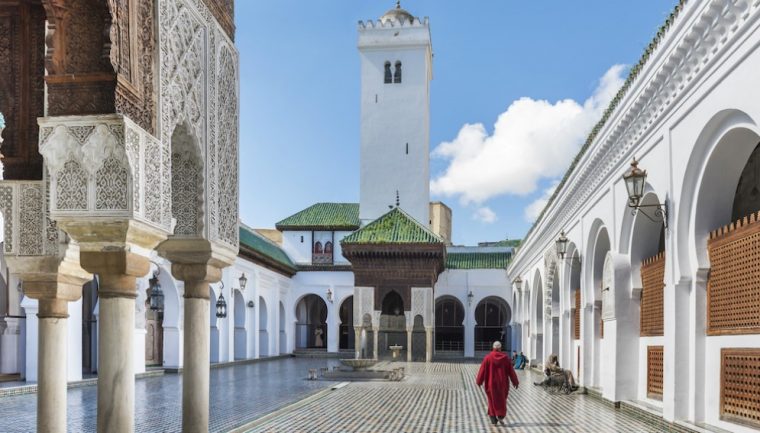
Wander souks where coppersmiths, weavers, and artisans keep medieval traditions alive. Step through time as you explore centuries-old mosques, madrasas, caravanserais, and palaces, each adorned with exquisite tilework, carvings, and intricate stucco. And, don’t forget to witness ancient craftsmanship at the Chouara tanneries, where leather is still dyed using centuries-old techniques in open-air vats.
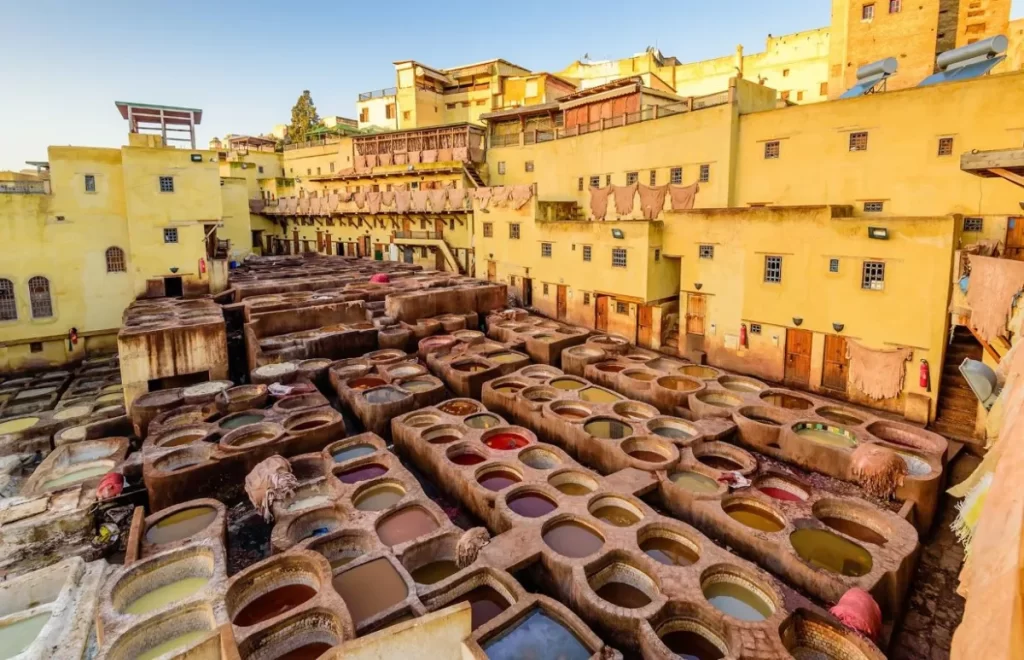
2. Medina of Marrakech (Marrakech-Safi Region)
Similarly, let’s delve into the Medina of Marrakech. More than just a UNESCO site since 1985, this historic heart of the city is a captivating fusion of imperial elegance and vibrant street energy. At its core lies the legendary Jemaa el-Fna square. At night, this space transforms into an open-air theater, a spectacle of captivating storytellers, snake charmers, musicians, and food stalls. Overseeing this scene is the magnificent Koutoubia Mosque, with its 12th-century minaret.
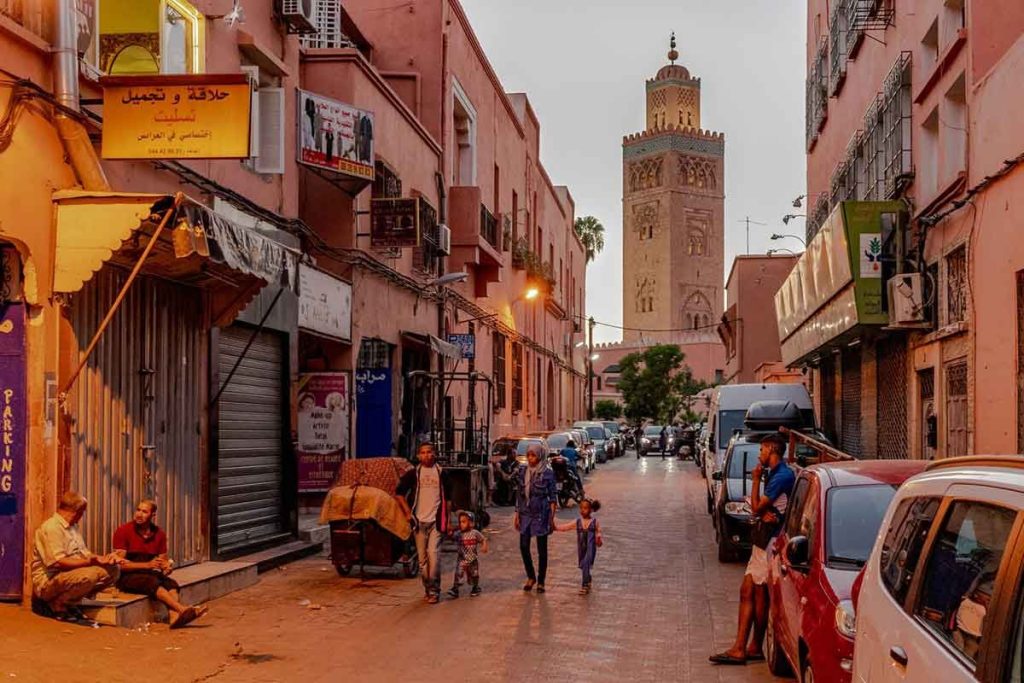
Beyond the bustling streets, the Medina reveals further treasures. Discover the royal history of the Bahia Palace, a showcase of Moroccan craftsmanship. Additionally, visit the nearby Saadian Tombs, hidden for centuries and now beautifully restored, which offer a serene and historically rich counterpoint to the city’s lively pulse. These sites, along with numerous hidden riads and gardens, provide havens of beauty and peace amidst the energetic streets.
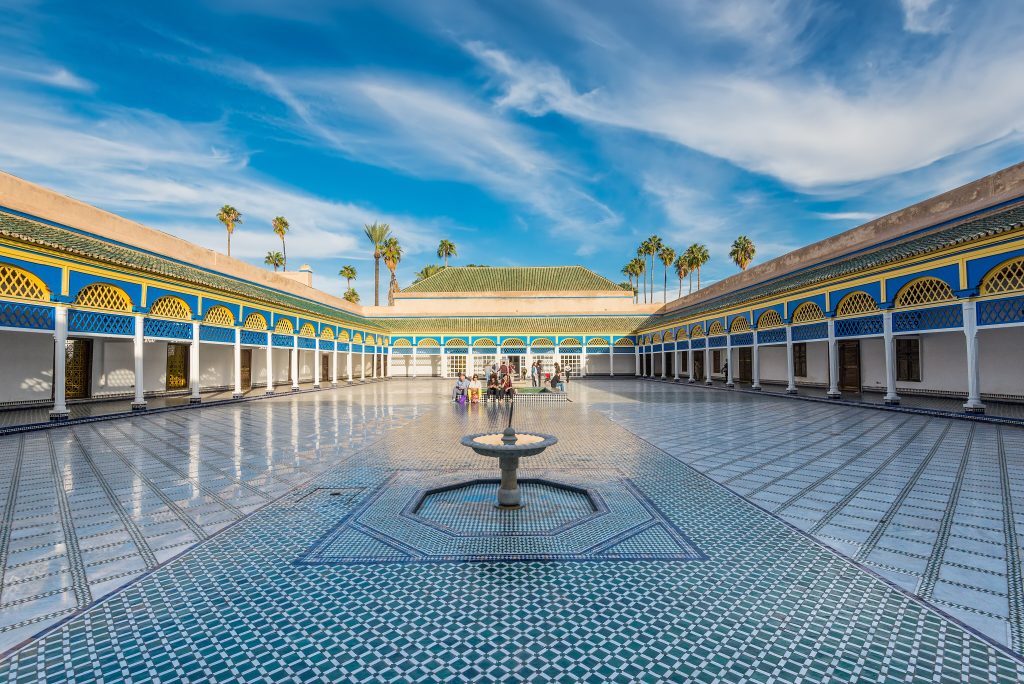
The Medina’s iconic red walls, its vibrant souks overflowing with an array of goods, and its serene courtyards all intricately weave together a rich tapestry of Andalusian, Berber, and Islamic influences. Want to read more about this city? Don’t miss our blog Ultimate 7-Day Morocco Itinerary: Discover Marrakech and the Desert.
3. Ksar of Aït Ben Haddou (Ouarzazate Province)
Next on our exploration, we venture to the Ksar of Aït Ben Haddou, nestled in the Ouarzazate Province. Inscribed as a UNESCO World Heritage Site in 1987, this incredible fortified clay village is far more than just an ancient settlement; it’s a living testament to a bygone era, perched on the old caravan route that once linked the Sahara to Marrakech. Its distinctive earthen architecture, crafted from mud and straw, glows with a captivating red hue, especially under the sunlight.
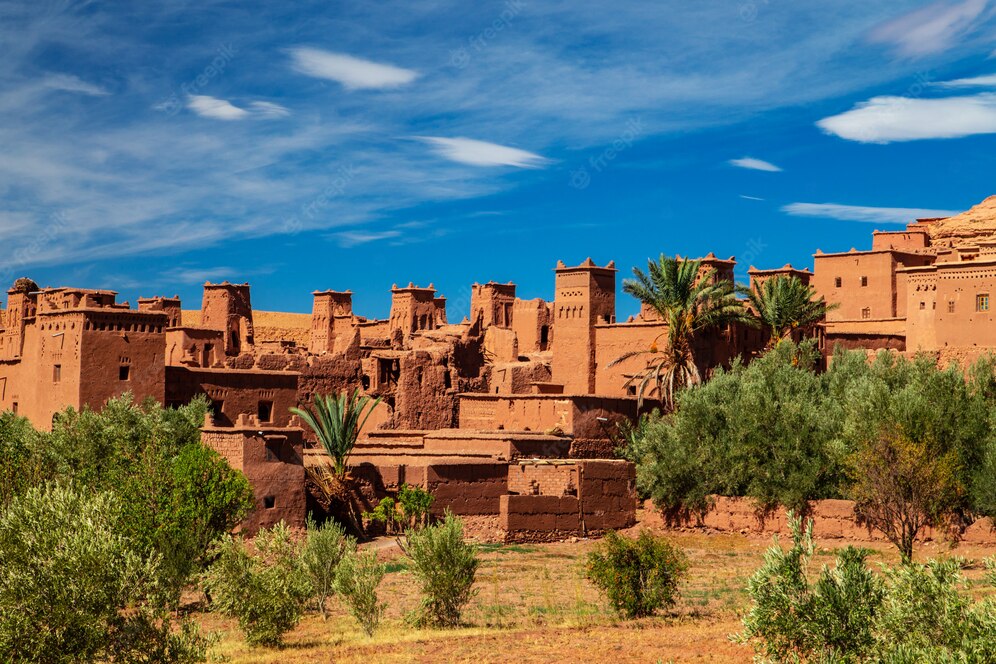
What truly sets Aït Ben Haddou apart, besides its remarkable preservation, is its undeniable cinematic allure. This isn’t just a historical site; it’s a legendary backdrop that has starred in some of the most iconic films and series of our time. You might recognize its walls and kasbahs from blockbuster hits like Ridley Scott’s Gladiator, where it stood in as a Roman setting, or perhaps as the city of Yunkai in HBO Max epic Game of Thrones.
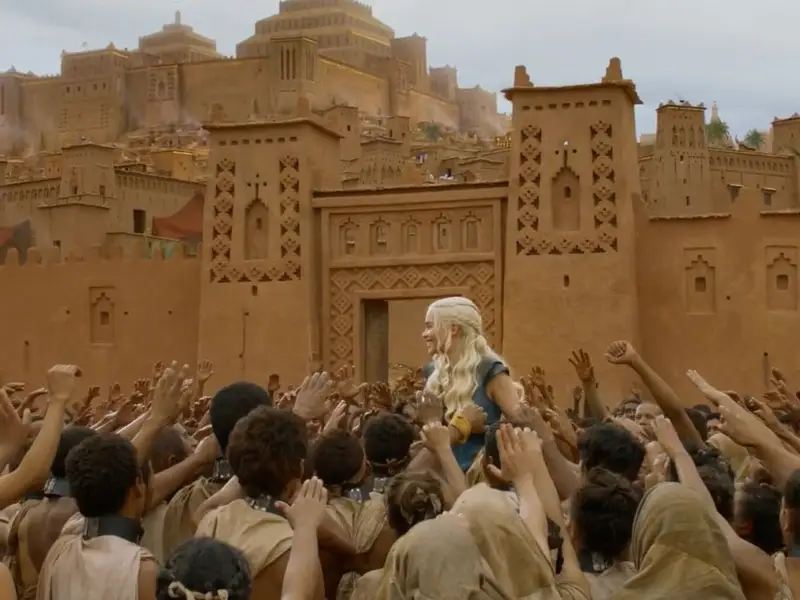
4. Historic City of Meknes (Fes-Meknes Region)
Next on our All of Morocco’s UNESCO World Heritage Attractions | Ultimate Guide is the Historic City of Meknes, a true imperial gem that holds a special place in the country. Inscribed as a UNESCO Site in 1996, Meknes rose to prominence in the 17th century under the powerful Sultan Moulay Ismail, who envisioned it as a grand capital to rival the likes of Versailles. What you’ll discover here is a magnificent blend of Islamic and European architectural styles in its colossal gates, impressive ramparts, and royal complexes.
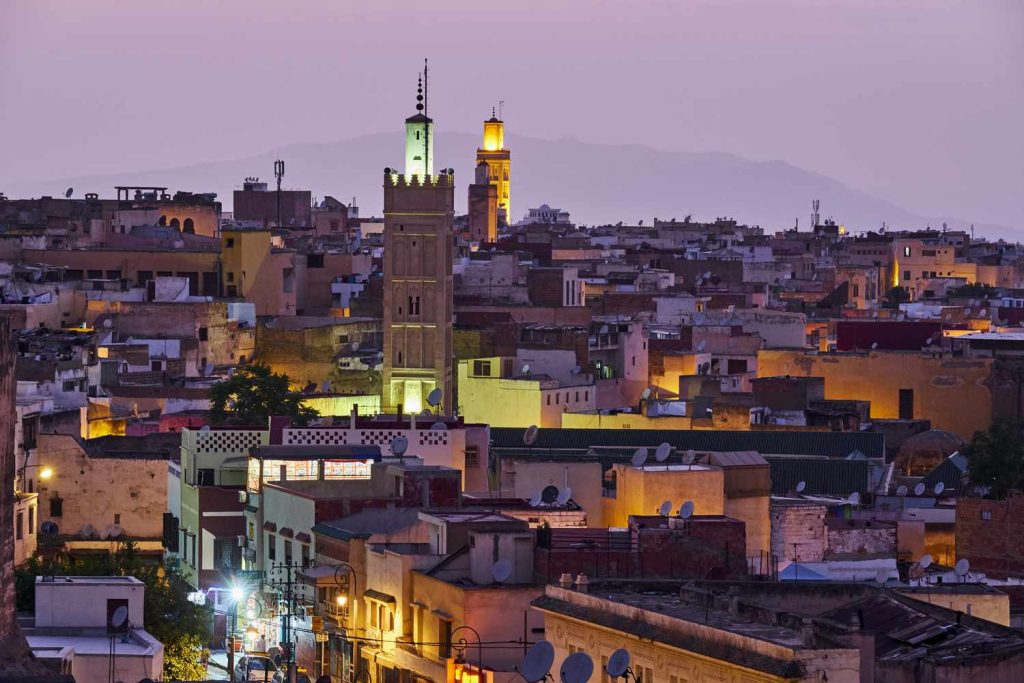
Stepping into Meknes feels like stepping back into its golden age. The city offers landmarks like Bab Mansour, considered one of North Africa’s most beautiful gates. Nearby, Place el-Hedim offers a vibrant, though perhaps less chaotic, alternative to Marrakech’s Jemaa el-Fna, where you can soak in the local atmosphere. A visit to the Mausoleum of Moulay Ismail is also a must, a beautifully adorned resting place that reflects the power of this ruler.
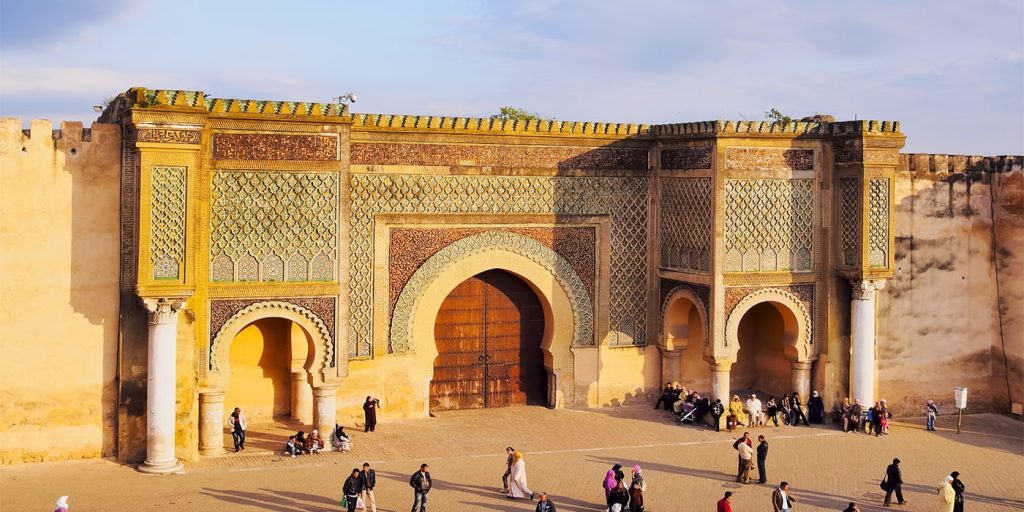
Beyond these grand monuments, the bustling Medina of Meknes is a labyrinth of souks, offering a more laid-back shopping experience than some of its larger counterparts. You can also explore the serene beauty of the Bou Inania Madrasa, a 14th-century Islamic school adorned with stunning zellige tiles and carved plasterwork.
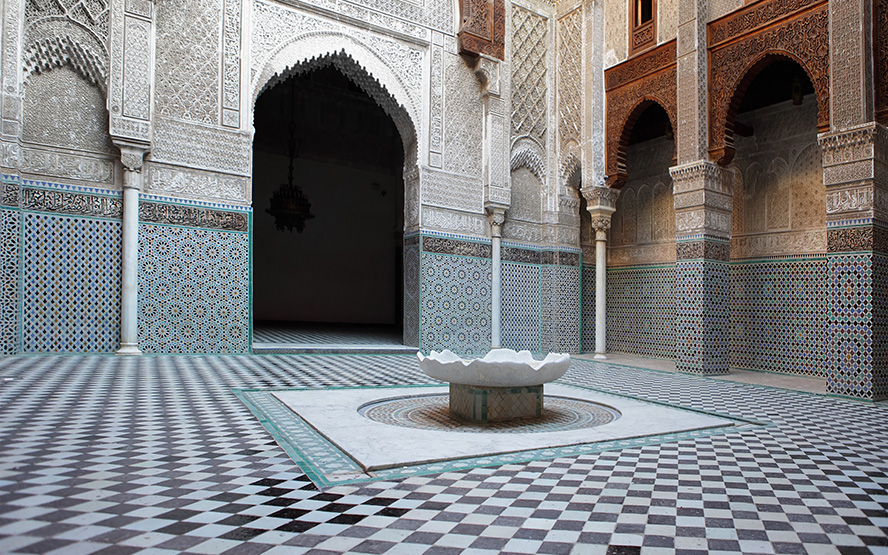
5. Archaeological Site of Volubilis (Fes-Meknes Region)
Set amidst olive groves near Meknès, the Archaeological Site of Volubilis is Morocco’s most important Roman site, and, of course, a UNESCO World Heritage Site since 1997. Once a thriving capital on the empire’s farthest western frontier, Volubilis offers a stunning window into Roman life between the 3rd century BCE and the 3rd century CE.
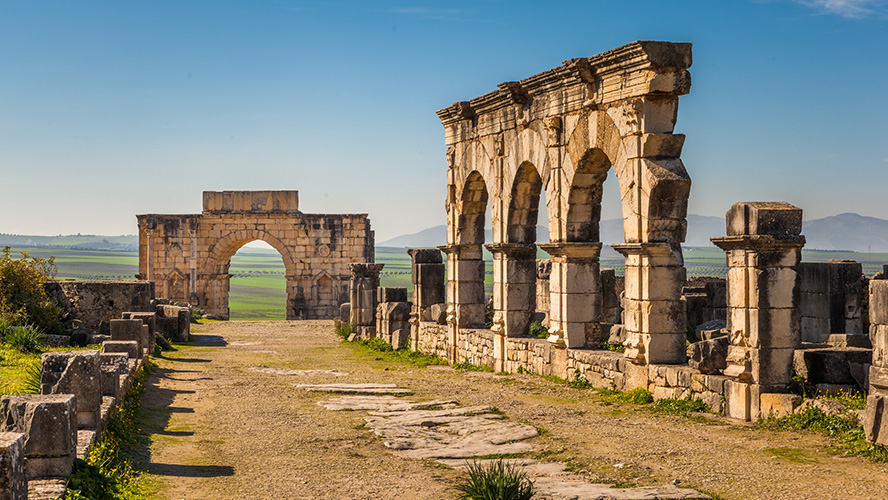
The site offers ruins of this ancient city where you’ll discover perfectly preserved floor mosaics depicting Roman gods, myths and daily life, still vibrant after two millennia; majestic structures like the Arch of Carcalla, Capitoline Temple, basilicas, and expansive public baths, all testifying to Volubilli’s strategic importance; and sweeping views of the Zerhoun Mountains.
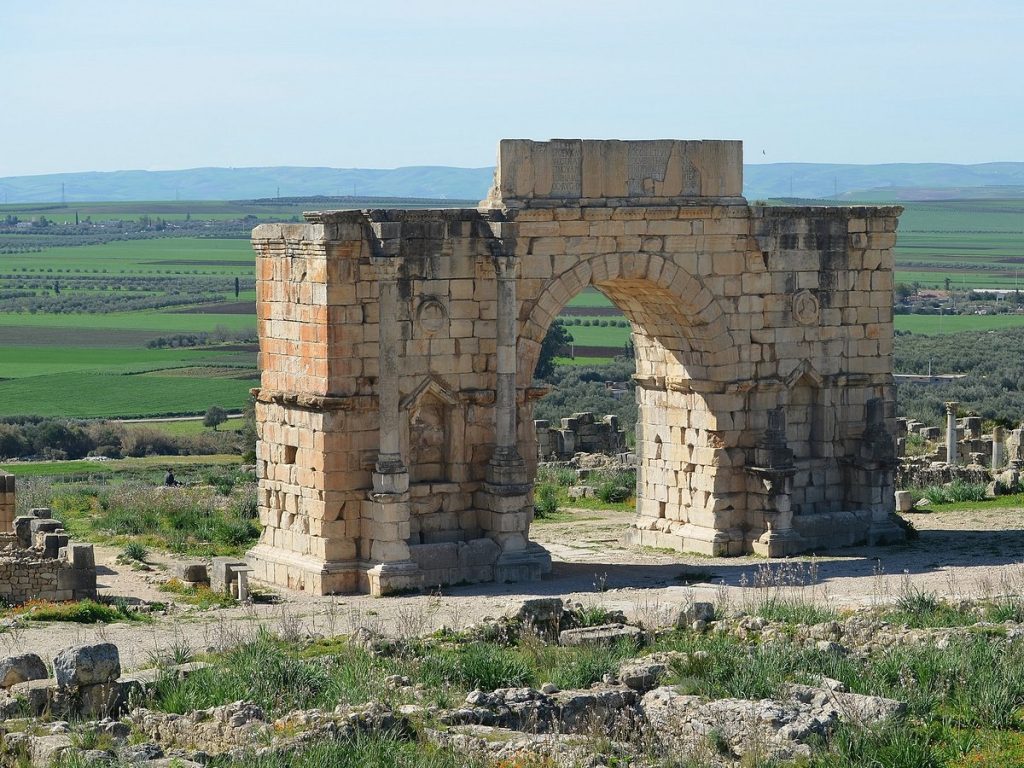
6. Medina of Tetouan (Tetouan Province)
Next on our exploration, we travel north to the Medina of Tetouan, a truly unique gem that earned its UNESCO World Heritage status in 1997. What makes Tetouan so special is its profound connection to Andalusian culture and architecture, a legacy brought by refugees who sought new homes after Spain’s Reconquista. As you step inside its fortified walls, you’ll immediately sense this distinctive influence, setting it apart from other Moroccan medinas.
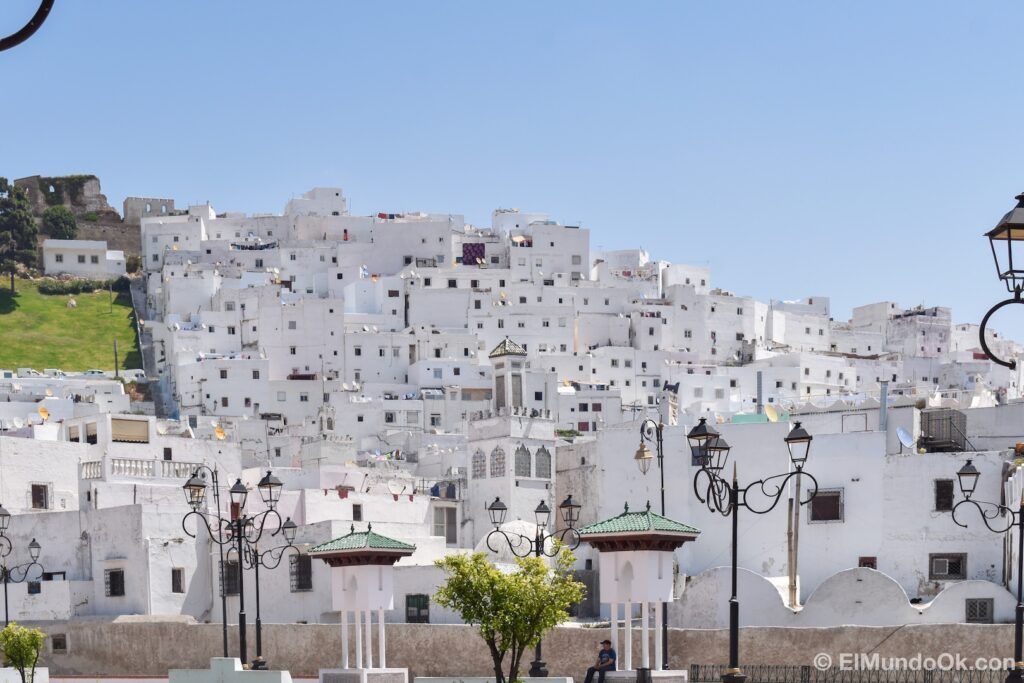
Walking through the Medina of Tétouan is like being transported to the past, with its whitewashed streets winding between elegant buildings. Unlike the vibrant reds and earthy tones of some other Moroccan cities, Tétouan’s predominant white palette creates a sense of serene calm and bright openness.
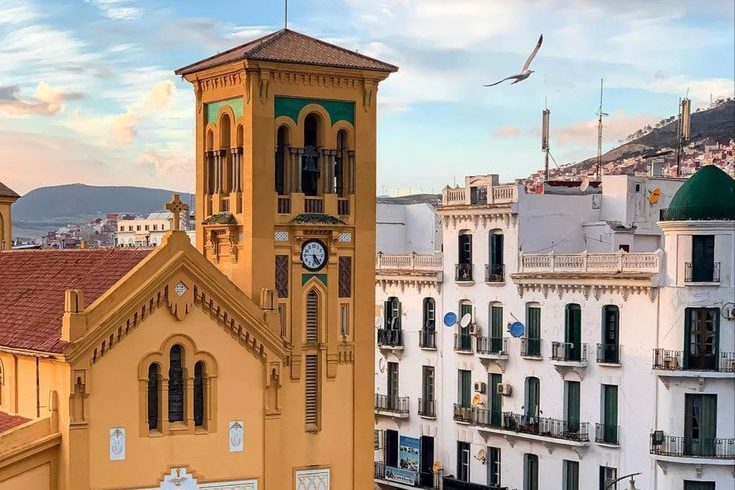
The best part? You can get to this UNESCO city easily with our 3-days trip to Morocco. Get the chance to get to Morocco comfortably and discover various cities in just one trip: Tangier, Chefchaouen, Asilah Tetouan…
7. Medina of Essaouria (Marrakech-Safi Region)
Moving to Morocco’s Atlantic coast, you can’t miss the Medina of Essaouira, a World Heritage site since 2001. This isn’t just another Moroccan medina; it’s a vibrant, living port town with the scent of the Atlantic. Originally known as Mogador, a crucial Portuguese trading port, Essaouira stands as a remarkable testament to a unique blend of European military planning and traditional Moroccan coastal design.
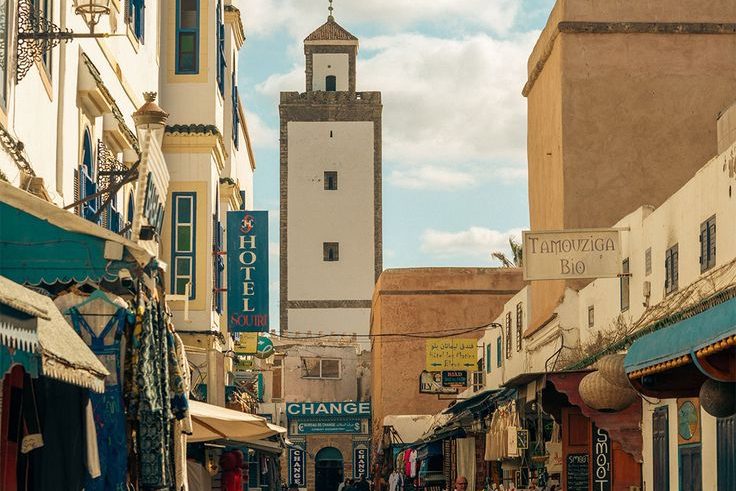
As you approach, the city’s striking fortified ramparts immediately catch the eye, walls that have defended this strategic port for centuries. Walking along these ancient fortifications, with cannons still pointing out to sea, offers breathtaking panoramic views of the crashing waves and the bustling fishing harbor below. It’s a truly immersive experience, inviting you to imagine the ships of old sailing into this historic haven.
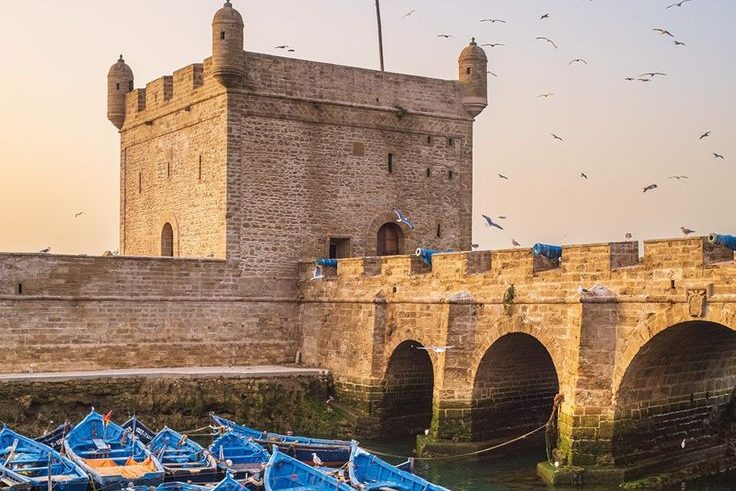
8. Portuguese City of Mazagan (Casablanca-Settat Region)
The next stop along Morocco’s coast is the Portuguese City of Mazagan, located in El Jadida, which proudly joined the ranks of UNESCO in 2004. This isn’t just a city; it’s a monumental testament to early European colonial ambition and military architecture on the African continent, an preserved example of a fortified settlement built by the Portuguese in the 16th century.
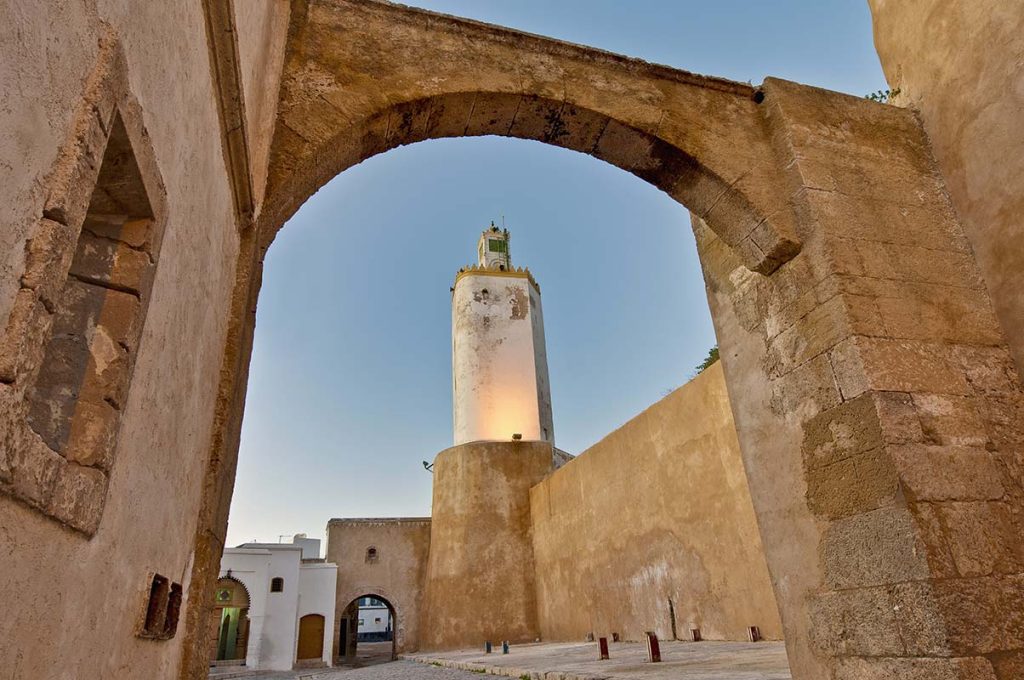
What immediately captivates visitors is its formidable and unique defense system: a massive star-shaped wall. This innovative design, a hallmark of Renaissance military engineering, allowed for maximum defensive coverage and remains incredibly well-preserved. Walking atop these colossal ramparts offers panoramic views of the city and the vast ocean.
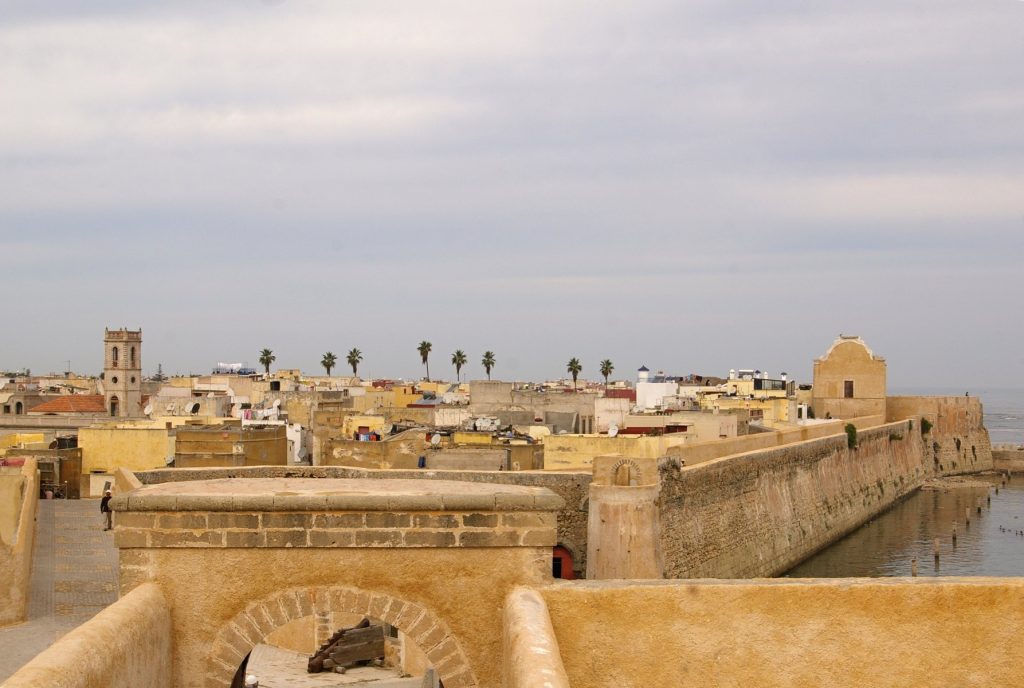
Within these impressive fortifications lies a fascinating blend of cultures and architectural styles. The highlight for many is the eerie yet beautiful Gothic cistern, an underground chamber supported by sturdy columns. Beyond this marvel, the city subtly showcases a unique fusion of Christian and Islamic architectural elements. Mazagan stands as a compelling historical crossroads, where European ingenuity met Moroccan shores.
9. Rabat: Modern Capital and Historic City (Rabat-Sale-Kenitra Region)
Our final stop brings us to Rabat: Modern Capital and Historic City, a dynamic destination that received its well-deserved UNESCO World Heritage status in 2012. Located in the Rabat-Salé-Kénitra Region, this vibrant capital is a fascinating study in contrasts, seamlessly blending centuries of rich history with the elegant planning of the French Protectorate era.
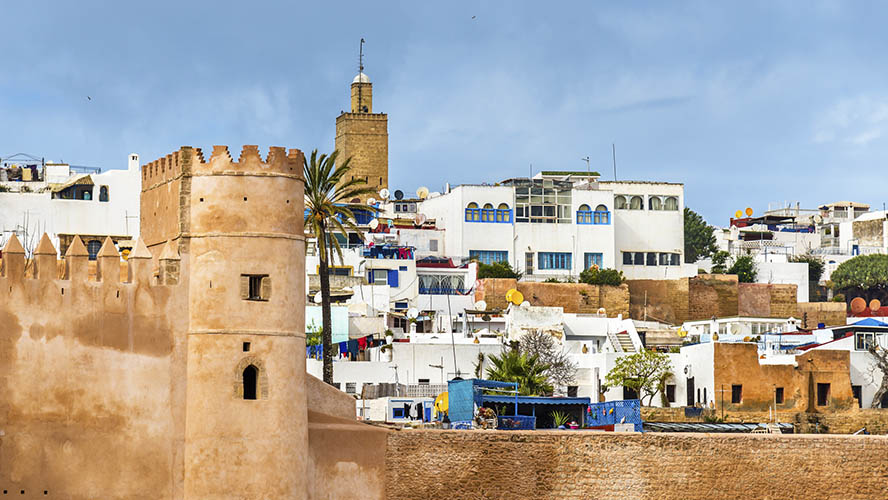
Rabat’s historical layers are immediately apparent. You can wander through the ancient and hauntingly beautiful Chellah necropolis, a site dating back to Phoenician and Roman times, later transformed by the Merinids into a royal burial ground. Nearby, the formidable Almohad fortifications and gates, such as the magnificent Bab Rouah, stand as imposing reminders of the city’s powerful imperial past, showcasing a grandeur that once defined a vast North African empire.
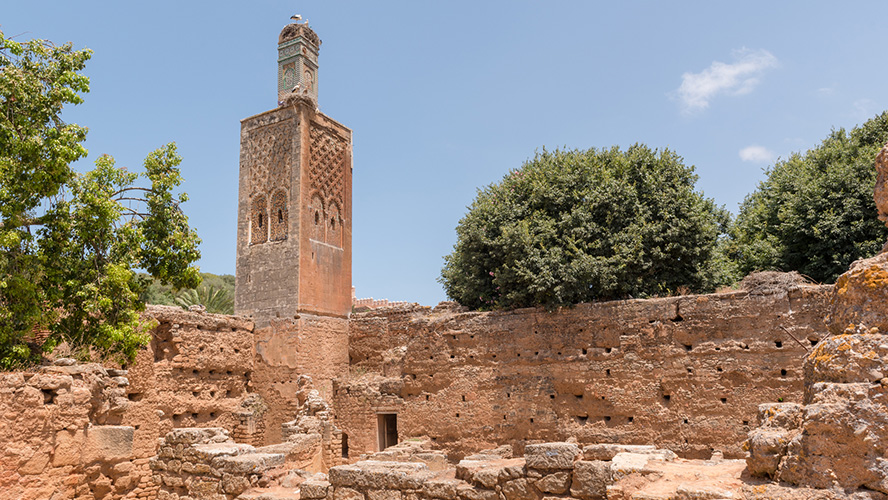
Beyond its ancient past, Rabat also shines as a modern capital. Visitors can admire the Grand Royal Palace, an impressive symbol of Moroccan sovereignty, and explore the iconic Hassan Tower, the incomplete minaret of what was intended to be the world’s largest mosque, standing proudly alongside the Mausoleum of Mohammed V.
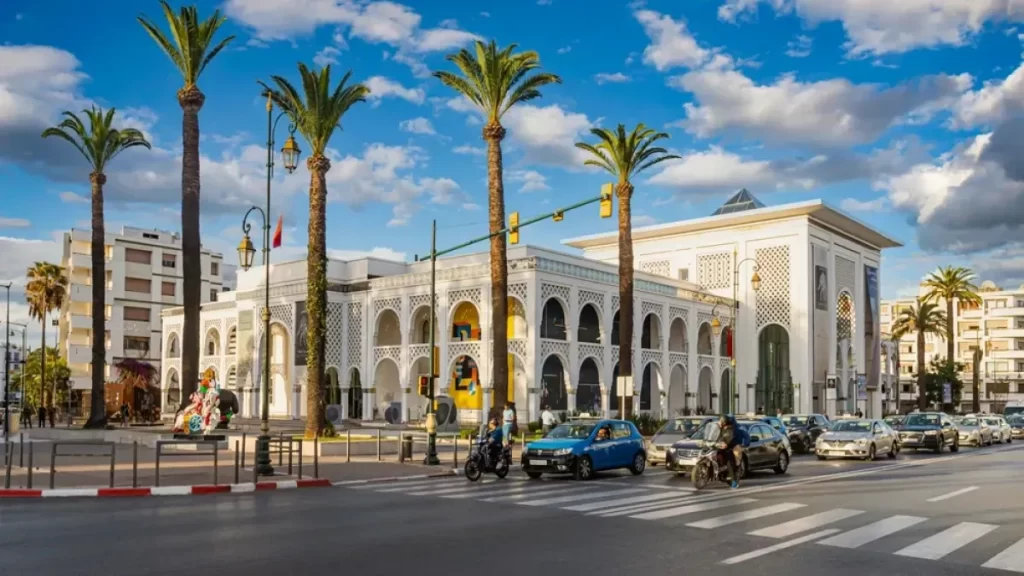
What a journey it’s been! From the labyrinthine alleys of Fez to the mix of historical and contemporary city of Rabat, we saw how history gracefully coexists with modern dynamism, truly encapsulating the spirit of this diverse nation. These nine UNESCO World Heritage sites are living testaments to Morocco’s profound cultural depth, its ancient traditions, and its enduring spirit.
So, as you plan your next adventure, remember that Morocco offers far more than just breathtaking landscapes and delicious tagines. It offers a chance to walk through centuries of history, to feel the pulse of ancient civilizations, and to connect with a heritage that truly enriches the world.
Visit our website and check our day trips to Morocco from Seville and remember, you can always personalize your escape with us!
